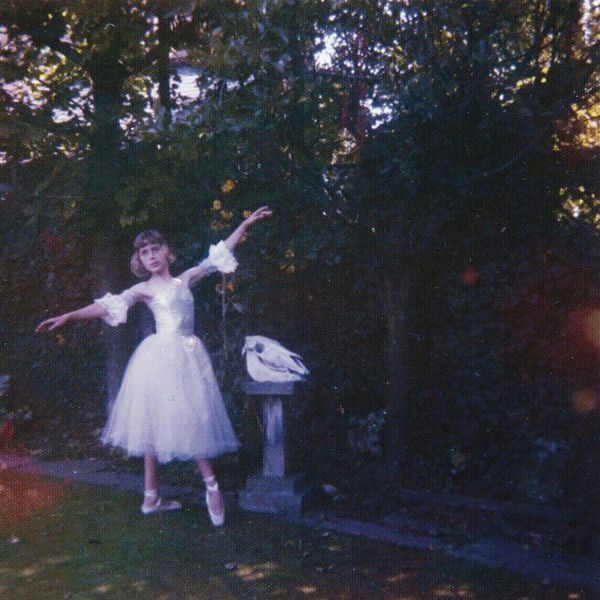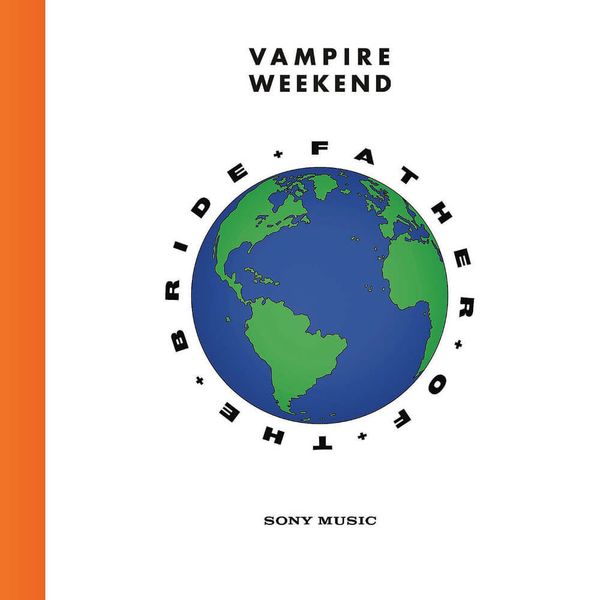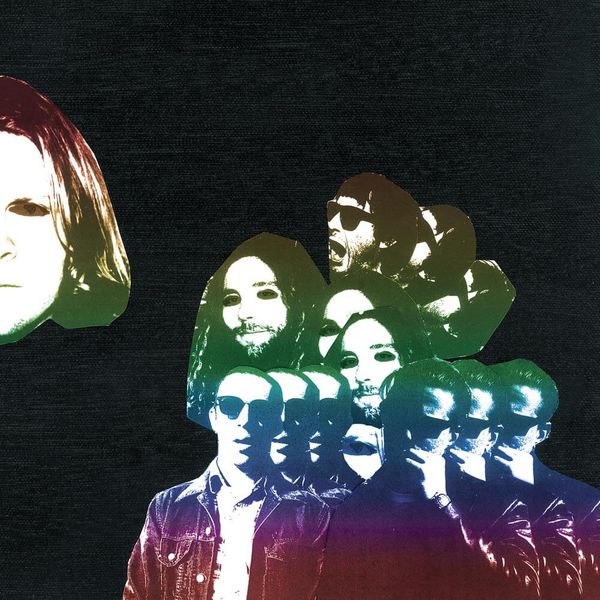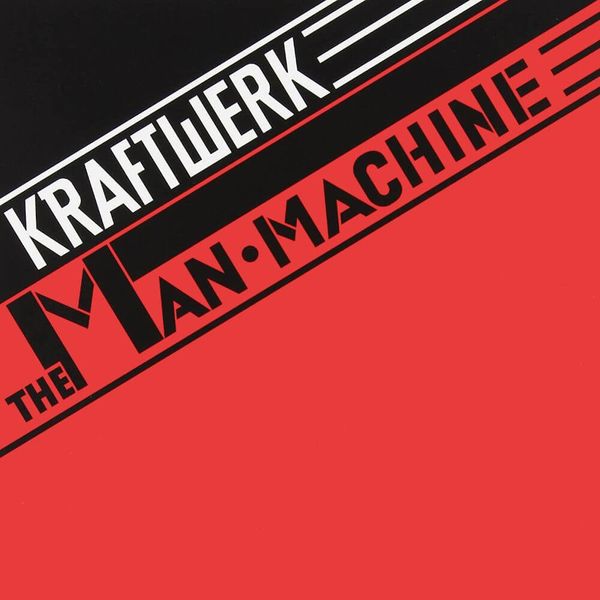
You’ve said Claye began as an ambient project and grew into a more experimental pop piece. Could you break down that journey a little?
I was getting really into Brian Eno’s output from the late ’70s at the time. This work had a big impact on how I was approaching Claye in 2012. Not only was I genuinely enjoying Music for Airports, but I also found his temperament as a musician to be something different than I was used to seeing. I’m generally turned off by the stereotypical pop/rock musician persona, the drug-centric, fame-obsessed orgy that one might picture upon hearing the word ‘rockstar.’ It’s not that I’m prudish, I just find that kind of impulsive character pretty boring on any sort of intellectual level. It’s never been relatable.
Eno is a stark contrast, though. For much of his career he has emphasized using the studio as an instrument. Much of his work shuns the idea that a record must simply be a sonic photograph of a live performance. His innovation in the ambient space inspired me to reach for a more original sound instead of attempting to recreate The Dark Side of the Moon again, as I did with my previous record, Readers & Reporters. Eno’s work really encouraged me to search for new sounds and song structures.
This, of course, become crippling rather quickly. I can recall countless nights spent bashing my head against the desk, endlessly conjuring up ways to find sounds that I had never heard before. I spent the better part of a year obsessing over this. I wanted to find a completely original way to record without things feeling too contrived. It was obviously a losing battle.
What turned it around?
In May 2013, I came up with a recording process that I was calling ‘sound circumcision,’ in which I would record a noise at a high gain and snip off the front of its waveform. I’d record myself flicking a jar, throw the sample into Logic, and cut its front tip off. I was allured by the idea of getting rid of the attack of a sound and only focusing on its release. Usually, we’re focusing on the attack of a sound more than we do the release. You can hear a lot of this on the first track, “Once in a Blue Moon,” which started its life as an ambient instrumental piece. If you listen closely, the technique is weaved throughout most of the record.
Shortly after I started to experiment with sound circumcision, I also began to rediscover my complicated affection for pop music. I was getting into Beck’s Odelay and adored how it intertwined eclectic quirkiness with mainstream pop. It was around this time, during the summer of 2013, that I knew I would want to marry some of the more experimental sounds I was creating with a more traditional songwriting approach.
You can definitely hear the effects of that, er, snip in the music. Kind of like dropping into sounds in the middle of them happening. Did that quality impact how you were writing the songs and putting them together?
It certainly influenced the glitchy and scatterbrained tone of the record, both instrumentally and lyrically.
The album before this, Readers & Reporters, has a pretty unambiguous journalistic theme. Claye, in contrast, you describe as ‘a celebration of the last 30 seconds of your life.’ A: What does that mean? and B: Was that something you were looking to explore from the outset, or did it grow from the music?
Yes, Readers & Reporters is pretty on the nose, isn’t it? I’ve been quiet about the meaning of Claye, mostly because nobody asks, but also because it’s a more out-there record and is very much open to interpretation. Claye is supposed to depict the moments directly following a car accident in which the driver (the voice of the record) survives and the passenger (referred to as ‘she’) does not. The driver is struggling to come to terms with the fact that his mistake ended a life. The entire record is him trying to justify leaving her in the car.
If you read the lyrics, it’s often quite clear. I mean, the record literally starts with the line ‘I drove a car off the bridge.’ There’s also this line from “Blue Moon (Once in a)”: ‘She’s wrapped in cold steel again / And clawing at the roofings / I tried to save her again / But I didn’t.’ The lyrics do delve into more abstract terms at times, particularly on “Wormhole Parade” and “Butter”, but this is entirely intentional. I was trying to illustrate the sort of schizophrenic nature of the mind trying to convince itself of something. The lyrics are supposed to lack a sense of rationality.
How did you navigate writing lyrics that fit that delirious, irrational tone? When you read about the process behind the lyrics in something like Remain in Light it seems like it can be a bit of a rabbit hole.
I found it refreshing to be temporarily freed of the overwhelming responsibility that is writing serious, ‘statement’ songs. Not taking lyrics so seriously was a very new experience for me.
Did you find that opened new avenues for you?
Yes. I have a tendency to write somewhat dark lyrics. It’s not that I’m depressed by any means, but when I sit down to write words for music, they always seem to be a bit of a downer, thematically. Writing lyrics in a more abstract and schizophrenic manner helped me (somewhat) break away from that. I feel a bizarre sort of celebration from a lot of Claye. It’s dark, but it has an upbeat energy to it. Kind of strange for an album about a fatal car crash…
If this started out as minimalist, it certainly didn’t end that way! You say each song has a good 60-100 tracks on it. Given that this was a completely independent project, how did you find handling such a wide array of dynamics and sounds?
Somewhere along the way, I abandoned the minimalism goal. I found that the chaos of dense sound better suited the songwriting. Given the theme, overwhelming felt appropriate. The number of tracks really is appalling though. For example, “Mouse Trappe,” which, for fuck’s sake, is just a piano ballad, has 84 tracks (plus an additional 30 recorded that were muted for the final mix). Five pianos, two organs, eleven alto saxophones, three soprano saxophones, a bunch of bells, vocals, sound circumcisions, synths, guitars, percussion, etc. If you really dug into it, you’d find some wacky shit, but nearly everything has its place.
Since I was doing it all alone, I would designate two weeks to a particular song and focus each day’s session on just a few tracks. I had these massive, multilayered to-do lists for each song and would power through all of it methodically. Along the way I did run into tons of structural problems with sounds not meshing or songs not transitioning well, and that would halt the process. That’s a conversation for another time.
What songs came together the easiest?
I’d say that “The Post Office is out of Stamps” had to be the easiest one. It’s a short interlude that is quite loose and experimental. It’s a song that is very important to the structure of the album, in that it breaks up the first and second halves, but it isn’t as meaty and dense as the others. It was still a bit of a mind-bender to record and it went through many phases. I performed it with the intention of having the chords progress correctly after reversing the recording. It also had a huge prepared-piano and harp orchestra playing in reverse, but I cut all of that and replaced it with a funky bassline. It’s the most stripped back song on the record.
I’ve been thinking about this recently, funnily enough. It sounds like you had songs follow structure rather than the other way round. Did you approach Claye with a particular format in mind? Talk of halves is usually a vinyl thing and the runtime for Claye is in that ballpark.
I always think of albums as complete works intended to be heard all the way through. I came of age in the era of Napster, then iTunes, then Spotify, so I know that this is a less popular way to view things now. Singles have their place, and “Weird” was very intentionally written to be a lead single. But albums have my heart, albums like The Dark Side of the Moon, Sgt. Pepper’s, Pet Sounds, Kid A, Merriweather Post Pavilion, To Pimp A Butterfly… these and many others have had such a profound impact on my life and work. Albums take you on a journey that 4-minute singles will never replicate. It has always been my goal to create a timeless album. I may not have done so yet, but I’ll keep trying. This is why I got into music.
A number of the tracks have quite a ‘live’ feel to them. Listening to something like “You Said” and it’s as if there’s a whole band there… but there isn’t. It’s impressive, but seems like a potentially bittersweet kind of energy. Did you ever find yourself wishing for other musicians to share in the creative process?
No. I’m an antisocial musician. I’ve witnessed tons of bands create mediocre work because the members enable each other’s worst ideas. There are cases where group experimentation can lead to something really special, but I find that most bands don’t even get to the stage. They pander and end up being more inclined to ‘jam’ than they are to do the hard work of creating something original. The few times that I have tried working with other musicians, I’ve been incredibly disappointed with the results. I crave control over my work.
I think that working alone lends itself well to my personality. I value independence over almost everything else. Once you learn how to edit your ideas and be critical of your work, it’s very possible to create a great record alone.
Sure, though that’s a lot of responsibility. It takes vigilance to not be self-indulgent. It must have been exhausting being inside the music and yet removed enough from it to offer a second opinion, as it were. Or did that just add to the sense of autonomy for you?
I tried to approach it as rationally as I could at the time. I would study pop music and attempt to decipher which production decisions were crucial to making those songs approachable. I wanted to understand which elements I could pull into my music to make it more accessible to a pop-inclined listener, as well as which elements I could decisively disregard and replace with some originality and self-indulgent experimentation.
Your passion for the project obviously extended beyond the music itself, via artwork, packaging, distribution, etc. Was it similarly important to you that all those elements were in your control?
I was wildly obsessed with the artwork, packaging, marketing, etc. I’ve always been obsessed with this side of things. I created dozens of covers for the record and am still not in love with any of them, including the one that I chose to ship. I feel that I screwed up here and will need to do a better job next time. Perhaps this is a case in which I did not edit my ideas as well as I could have. Three years later, my decisions on the artwork front still haunt me.
Can I see some?
Sure. All unfinished, keep in mind!

What elements — or lessons — from Claye do you think you’ll take into your next project?
Elements? None. Seriously, I’m making the anti-Claye right now. As for lessons, there are many. Most importantly, I’ve been trying to focus on creating a natural, live sound for the new album. Claye is so manicured. I spent hundreds of hours tweaking software dials and layering instruments on top of one another. This time around, I’ve been trying (and mostly failing) to achieve a far more organic, intimate, and minimal sound. I want to make the listener feel like they’re sitting in my tiny living room with me… We should talk again when I have something new to show you.
You’re on.



